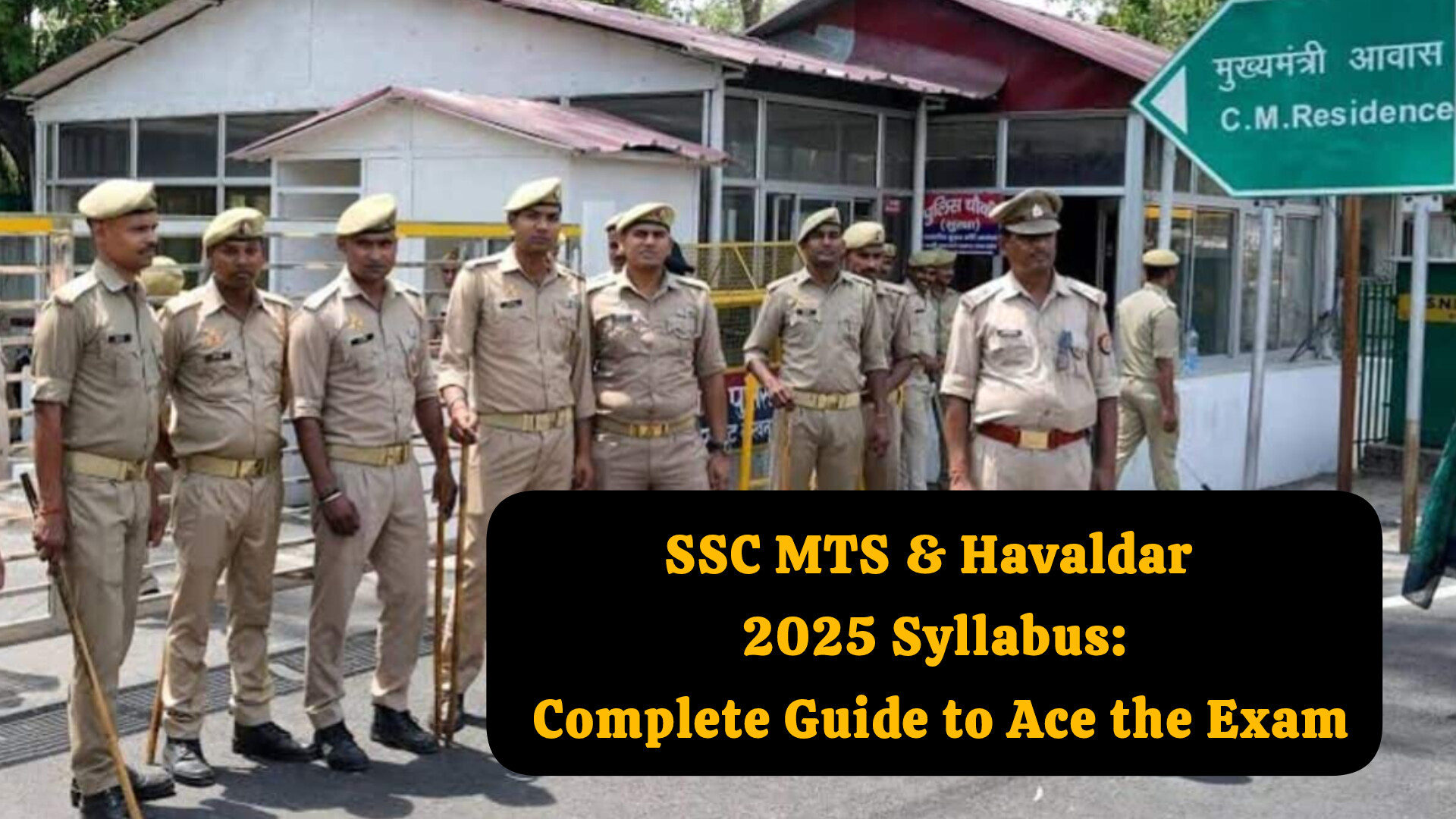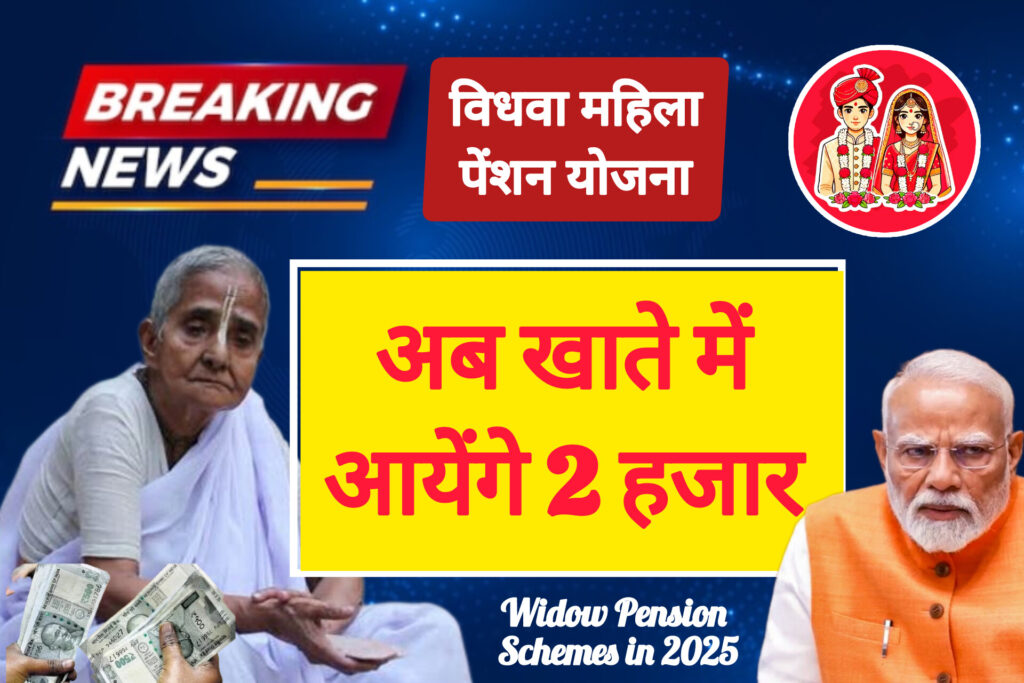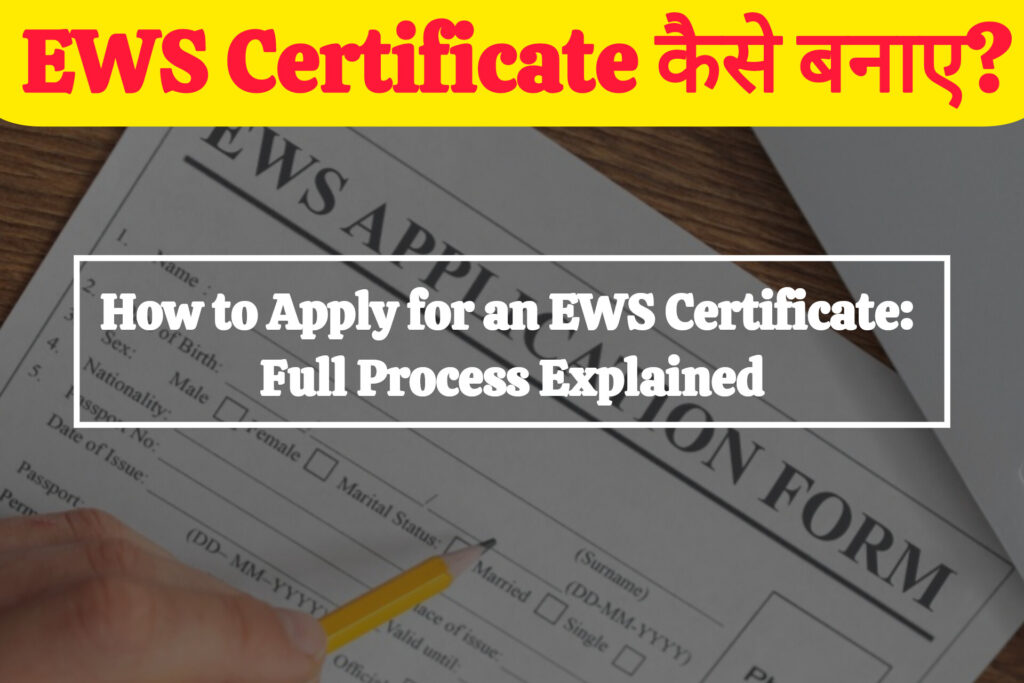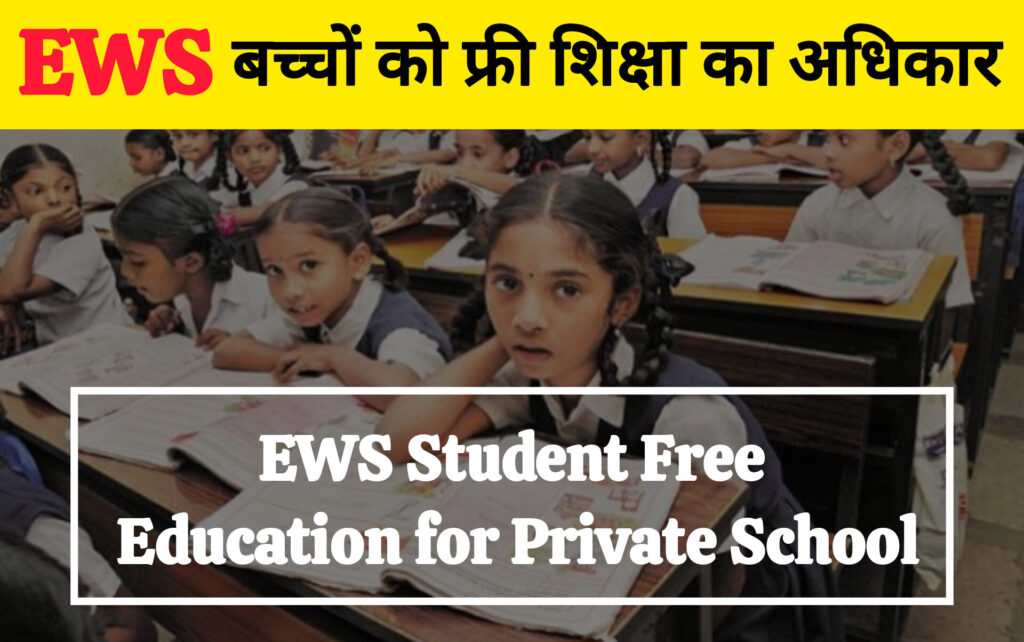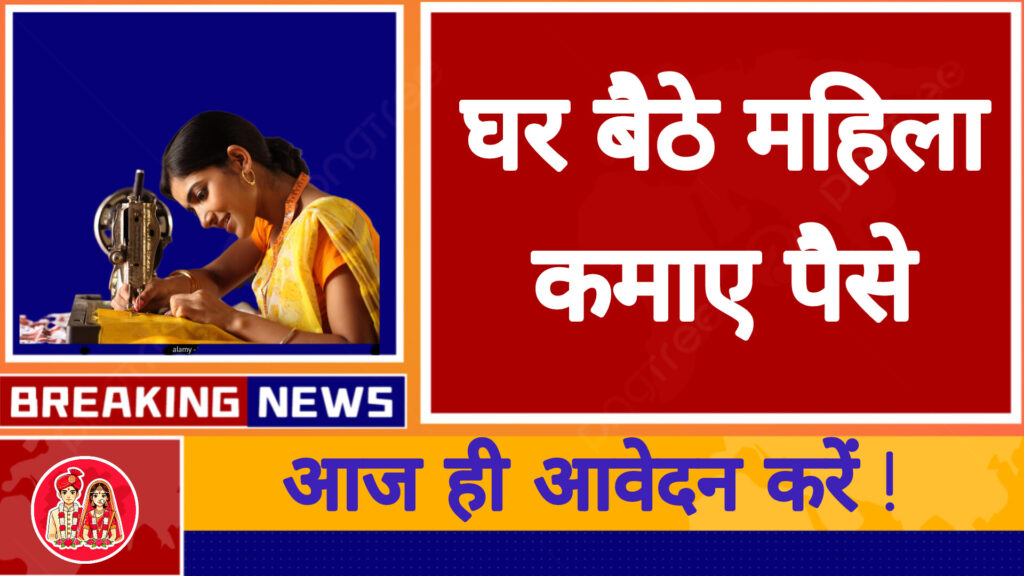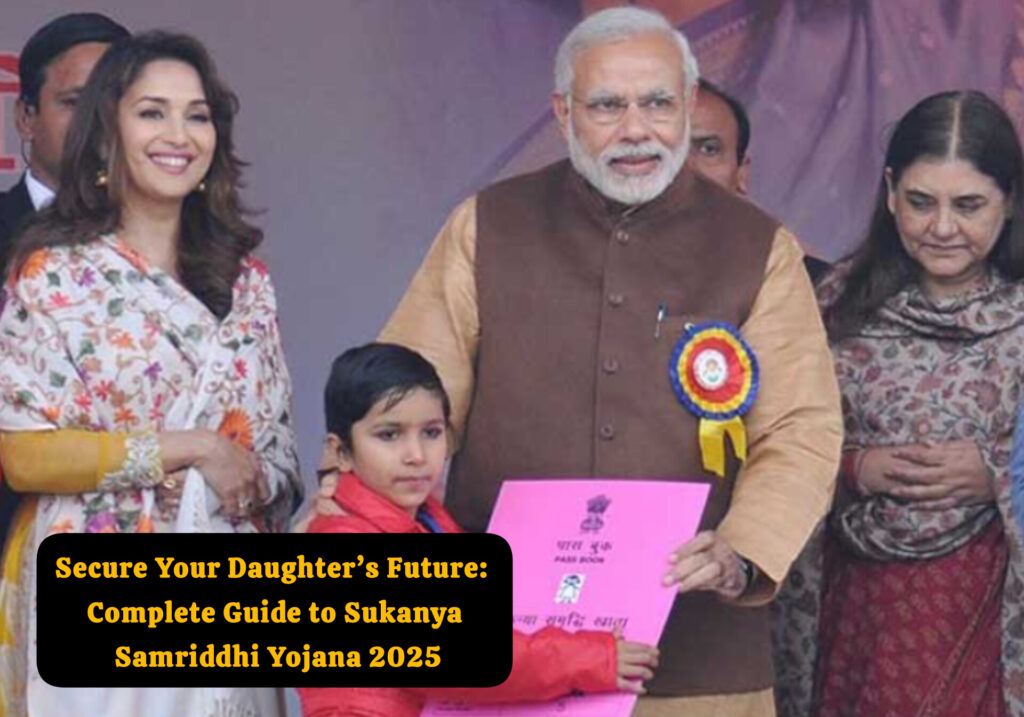Key Points
- The SSC MTS and Havaldar 2025 syllabus seems likely to cover Numerical Ability, Reasoning, General Awareness, and English Language.
- Research suggests the syllabus is the same for both MTS and Havaldar posts, with additional physical tests for Havaldar.
- The evidence leans toward the written exam being an objective test with 100 questions for 200 marks.
Syllabus Overview
The SSC MTS 2025 examination includes a single paper (Paper 1) with the following sections:
- Numerical and Mathematical Ability: Topics include integers, percentages, and basic geometry, with 20 questions for 60 marks.
- Reasoning Ability and Problem-Solving: Covers analogies, coding-decoding, and non-verbal reasoning, also 20 questions for 60 marks.
- General Awareness: Includes sports, history, and environmental studies, with 25 questions for 75 marks.
- English Language and Comprehension: Focuses on grammar, vocabulary, and comprehension, with 25 questions for 75 marks.
Additional Details
- For Havaldar posts, candidates must also pass a Physical Efficiency Test (PET) and Physical Standard Test (PST), but these are not part of the written syllabus.
- The exam is scheduled from September 20 to October 24, 2025, with applications open until July 24, 2025.
For more details, visit Shiksha.com or Testbook.com.
Comprehensive Survey Note on SSC MTS Hawaldar Syllabus 2025
This note provides a detailed examination of the SSC MTS and Havaldar 2025 syllabus, drawing from recent notifications and reliable educational platforms. The Staff Selection Commission (SSC) conducts the Multi-Tasking (Non-Technical) Staff (MTS) and Havaldar (CBIC and CBN) examination annually, with the 2025 notification released on June 26, 2025. Given the current date, June 27, 2025, the information is timely and relevant for candidates preparing for the examination.
Background and Context
The SSC MTS examination is a competitive test for recruiting candidates to various non-technical positions in government ministries and departments. The Havaldar posts, specifically under the Central Board of Indirect Taxes and Customs (CBIC) and Central Bureau of Narcotics (CBN), are part of this recruitment drive. The 2025 notification, released on June 26, 2025, outlines 1075 tentative vacancies, with the application window closing on July 24, 2025. The examination is scheduled from September 20 to October 24, 2025, and is conducted online as a Computer-Based Test (CBT).
Syllabus Details
The syllabus for the SSC MTS 2025 examination is designed for Paper 1, which is the only written component following the removal of Paper 2 in 2022. The syllabus is uniform for both MTS and Havaldar posts, ensuring a standardized evaluation process. Below is a detailed breakdown of each section, based on information from Shiksha.com and Testbook.com.
Numerical and Mathematical Ability
This section tests candidates’ quantitative aptitude and is allocated 20 questions for a total of 60 marks. The topics include:
- Integers, Whole Numbers, LCM and HCF, BODMAS, and Number System.
- Decimals, Fractions, Direct and inverse Proportions, Percentage, and Averages.
- Profit and Loss, Use of Tables and Graphs, Time and Distance, and Time and Work.
- Computation of Whole Numbers, Area and Perimeter of Basic Geometric Figures, Ratio and Proportion.
- Simple Interest, Discount, Mensuration, Ratio and Time, Lines and Angles.
- Interpretation of simple Graphs and Data, Square and Square roots.
This section is crucial for assessing basic mathematical skills relevant to administrative tasks.
Reasoning Ability and Problem-Solving
Also with 20 questions for 60 marks, this section evaluates logical and analytical abilities. The topics covered are:
- Similarities and Differences, Problem-Solving and Analysis, Calendar and Clock, Jumbling.
- Age Calculations, Following Directions, Analogy, Coding and Decoding.
- Alpha-Numeric Series, Non-verbal Reasoning based on diagrams.
This section tests the candidate’s ability to handle puzzles and logical reasoning, essential for multitasking roles.
General Awareness
Allocated 25 questions for 75 marks, this section tests knowledge of current affairs and static general knowledge. The topics include:
- Sports, Art & Culture, Economic Scene, History, Geography.
- General Polity including Indian Constitution, Scientific Research, Environmental Studies.
This section ensures candidates are aware of national and international events, which is vital for government service roles.
English Language and Comprehension
With 25 questions for 75 marks, this section assesses language proficiency. The topics include:
- Basics of English Language and vocabulary, grammar, Spot the Error, Sentence structure.
- Synonyms, Antonyms, correct usage, Comprehension.
This section is designed to ensure candidates can communicate effectively in English, a key skill for administrative positions.
Examination Pattern and Additional Requirements
The examination pattern for 2025 includes only Paper 1, an objective test with 100 questions totaling 200 marks. The duration is typically 90 minutes, with provisions for PwD candidates. Notably, in 2023, the SSC added more topics to the syllabus to ensure comprehensive coverage, and candidates are advised to prepare all listed topics.
For Havaldar posts, there are additional requirements beyond the written exam. Candidates must undergo a Physical Efficiency Test (PET) and Physical Standard Test (PST), which are not part of the syllabus but are critical for selection. The PET and PST details, as per Testbook.com, are as follows:
| Category | Walking | Cycling |
|---|---|---|
| PET for Havaldar (Male) | 1600 meters in 15 minutes | 8 km in 30 minutes |
| PET for Havaldar (Female) | 1 km in 20 minutes | 3 km in 25 minutes |
| Category | Height | Chest (Male, unexpanded) | Weight (Female) |
|---|---|---|---|
| PST for Havaldar (Male) | 157.5 cms | 76 cms | – |
| PST for Havaldar (Female) | 152 cms | – | 48 kg |
These physical tests ensure candidates meet the physical standards required for Havaldar roles, particularly in enforcement and security contexts.
Key Dates and Eligibility
The application process began on June 26, 2025, and the last date to apply is July 24, 2025. The age limit for Havaldar posts is 18 to 27 years, with educational qualification requiring candidates to have passed Matriculation (10th class) or equivalent from a recognized board. The application fee is Rs. 100, with exemptions for SC, ST, PWD, Ex-Servicemen, and Female candidates. The exam will be conducted in multiple languages, including Hindi, English, and several regional languages.
Comparison with Previous Years
Historically, the SSC MTS syllabus has seen minor updates, with Paper 2 being removed in 2022 to streamline the process. The 2023 updates added more topics, reflecting a trend toward comprehensive coverage. The 2025 syllabus appears consistent with these changes, ensuring continuity for candidates familiar with recent patterns.
Preparation Strategy
Candidates are advised to focus on all topics listed, given the comprehensive nature of the syllabus. Resources such as mock tests and previous year papers, available at Testbook.com and Testbook.com, can aid preparation. Additionally, understanding the exam pattern and practicing time management are crucial, especially given the objective nature of the test.
Conclusion
The SSC MTS and Havaldar 2025 syllabus is a detailed framework designed to assess candidates’ numerical, reasoning, general awareness, and language skills. For Havaldar posts, while the written syllabus remains the same, physical tests are an additional requirement. This note provides a comprehensive guide for candidates, ensuring they are well-prepared for the examination scheduled later in 2025.
Key Citations

